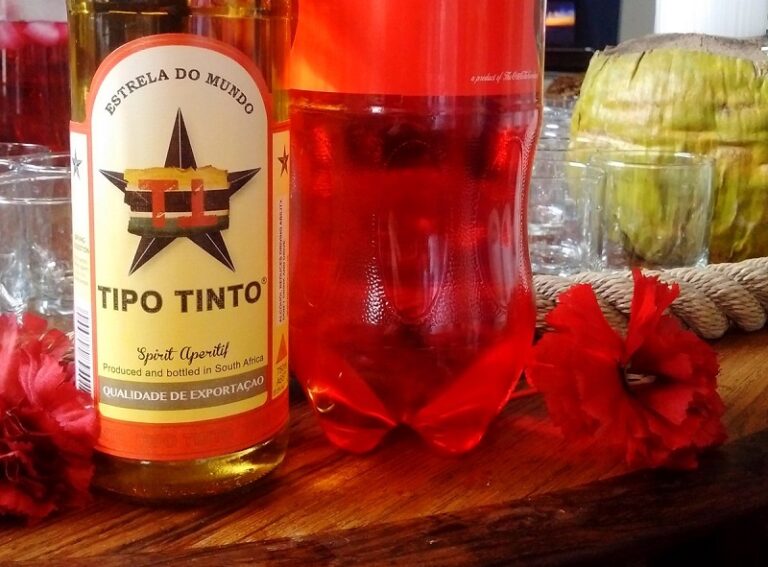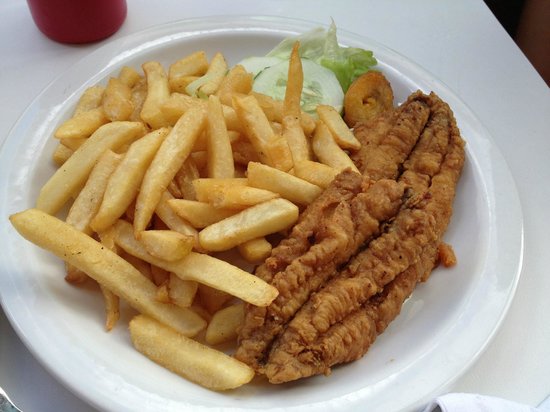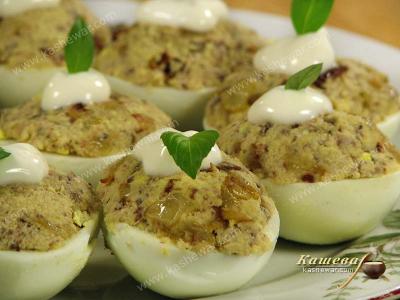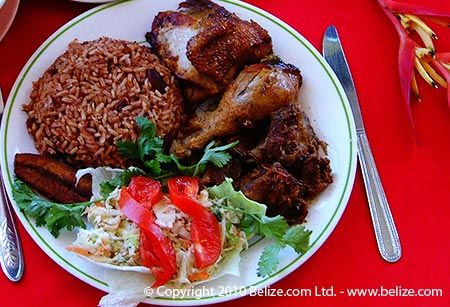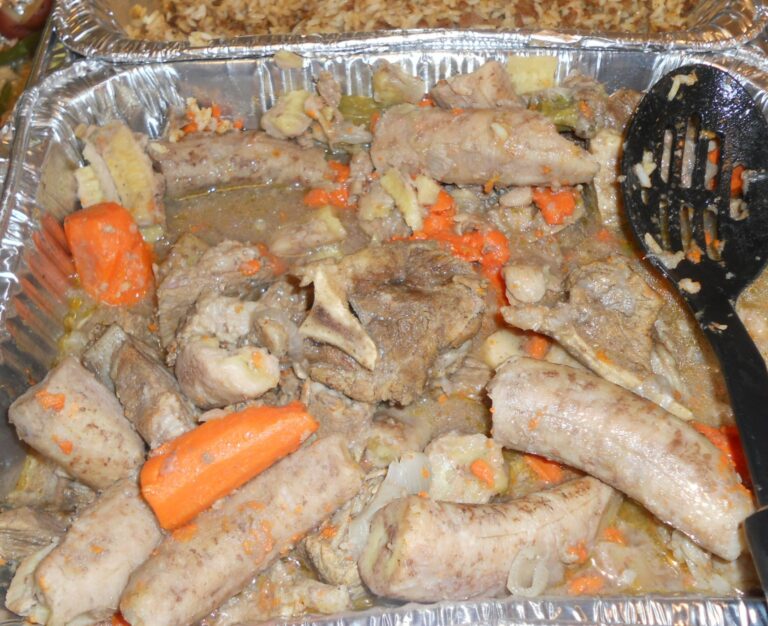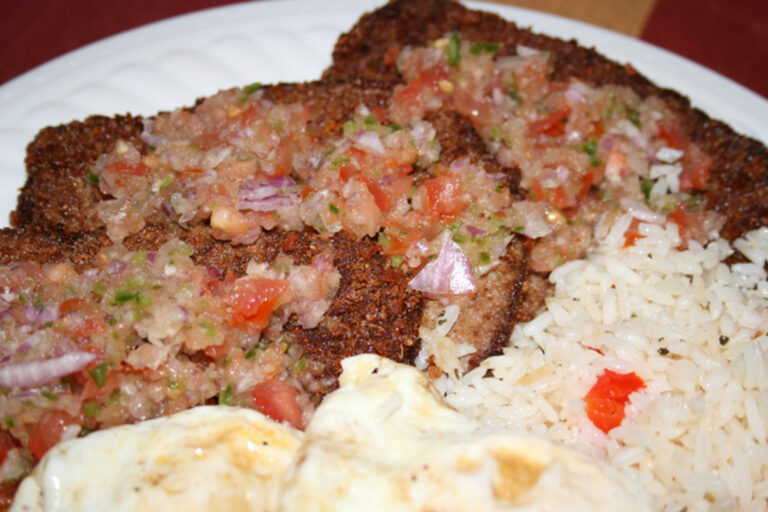Introduction: Discovering the Beverages of Mozambique
Mozambique is a culturally diverse country located in Southeast Africa, and their traditional cuisine is heavily influenced by Portuguese, African, and Indian flavors. The country’s beverage scene is just as eclectic, with a mix of traditional and modern drinks popular among locals and tourists alike.
From hot tea to refreshing juices, Mozambique has an array of beverages that cater to different tastes. In this article, we’ll explore the top five beverages that are popular in Mozambique and why they’re a must-try for any visitor to the country.
Tea: A Popular and Traditional Beverage in Mozambique
Tea is a staple beverage in Mozambique, with a long history dating back to the colonial era. The country’s teas are mostly grown in the northern region, and they come in different flavors such as lemon, ginger, and mint. Many locals enjoy drinking tea in the morning or late afternoon, often accompanied by biscuits or cakes.
One popular tea drink in Mozambique is matapa tea made from the leaves of the cassava plant, which is a staple food in the country. The tea has a subtle nutty flavor and is often served with coconut milk and sugar. Tea is not only a popular beverage, but it’s also an integral part of Mozambique’s culture and hospitality.
Coffee: An Emerging Beverage Culture in Mozambique
In recent years, coffee has been gaining popularity in Mozambique, with a growing number of coffee shops and independent roasters opening up in major cities. The country’s coffee is mostly grown in the central and northern regions, and it’s known for its rich, chocolatey flavor.
Mozambique’s coffee culture is still in its early stages, but it’s quickly gaining recognition for its quality and ethical sourcing practices. Visitors can try a cup of Mozambique’s famous coffee in one of the country’s many coffee shops or take a tour of a coffee plantation to learn about the production process.
Juices: Refreshing and Healthy Drinks in Mozambique
Fresh juices are a favorite among Mozambicans, especially during the hot summer months. The country’s tropical climate provides an abundance of fruits such as mangoes, pineapples, and passion fruits, which are used to make delicious and refreshing juices.
Some popular juice drinks in Mozambique include “sumo de manga” (mango juice), “sumo de maracuja” (passion fruit juice), and “sumo de abacaxi” (pineapple juice). These juices are not only delicious but also packed with vitamins and minerals, making them a healthy and refreshing alternative to sugary soft drinks.
Beer: The Most Popular Alcoholic Beverage in Mozambique
Beer is the most popular alcoholic beverage in Mozambique, with a range of local and international brands available. The country’s most popular beer is “2M” (Two Em), which stands for “Mozambique” and “Macau,” the former Portuguese colony where the beer was first brewed.
Other local beers include “Manica” and “Laurentina,” which are also popular among locals and tourists. Mozambique’s beer culture is deeply ingrained in the country’s social scene, with many bars and restaurants offering live music and entertainment alongside cold beers.
Wine: A Growing Trend in Mozambique’s Beverage Scene
While wine is not as popular as beer in Mozambique, it’s quickly gaining recognition as a premium beverage. The country’s wine scene is still in its early stages, but there are a growing number of local vineyards producing high-quality wines.
One of Mozambique’s most popular wineries is Montanha Vineyards, which produces a range of red, white, and rosé wines using local and international grape varieties. Wine lovers can enjoy a glass of Mozambique’s finest wines at one of the country’s many restaurants or wine bars.
Conclusion:
Mozambique’s beverage scene is as diverse and colorful as its cuisine, with something for everyone to enjoy. From traditional tea to emerging coffee culture, refreshing juices to cold beers, and premium wines, visitors to Mozambique are guaranteed to have a memorable and delicious beverage experience.

